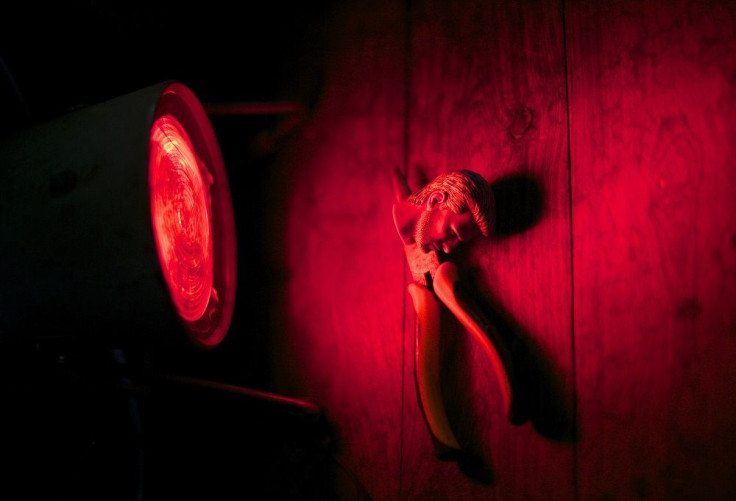Scientist uses ultraviolet light in lieu of chemotherapy to halt growth of breast cancer tumour

Whether women have the largest breasts like American women, or the smallest ones like Filipinas, all females are at risk of breast cancer. The second most common cancer among American women could possibly be treated with ultraviolet light in the future, no longer chemotherapy.
The Australian reports that a scientist from the University of Texas San Antonio had tried using ultraviolet light on mice and was successful in stopping the progress of breast cancer. Matthew Gdovin, associate professor at the university’s Department of Biology, first injects a chemical compound, nitrobenzaldehyde, into the tumour which is diffused into the tissue.
By exposing the tumour to ultraviolet light, the cancer cells become acidic and commit suicide. Within two hours that the cancer cells are targeted, 95 percent of the cells are dead. Gdovin explains, “Even though there are many different types of cancers, the one thing they have in common is their susceptibility to this induced cell suicide.”
He tested the method on triple negative breast cancer – one of the most aggressive types of cancer and one of the most difficult to treat – and after one treatment, Gdovin halted the tumour from growing. All forms of cancer try to make acidic cells on the outside to attract the attention of blood vessels which tries to get rid of the cancer. But, the cancer instead “latches onto the blood vessel and uses it to make the tumor larger and larger,” continues Gdovin who published the result of the study in the Journal of Clinical Oncology.
With the experiment, which has yet to be tested on humans, chemotherapy – which targets all cells in the body but causes patients to lose their hair and become sickly – becomes unnecessary. Gdovin’s method is non-invasive and could help patients with inoperable or hard-to-reach tumours.
In the US, there are about 246,660 new cases of breast cancer diagnosis is expected in 2016, estimates the American Cancer Society. In Australia, the annual rate of diagnosis in 123,000, according to the Australian Cancer Research Foundation.
VIDEO: Breast cancer – Symptoms and treatment





















